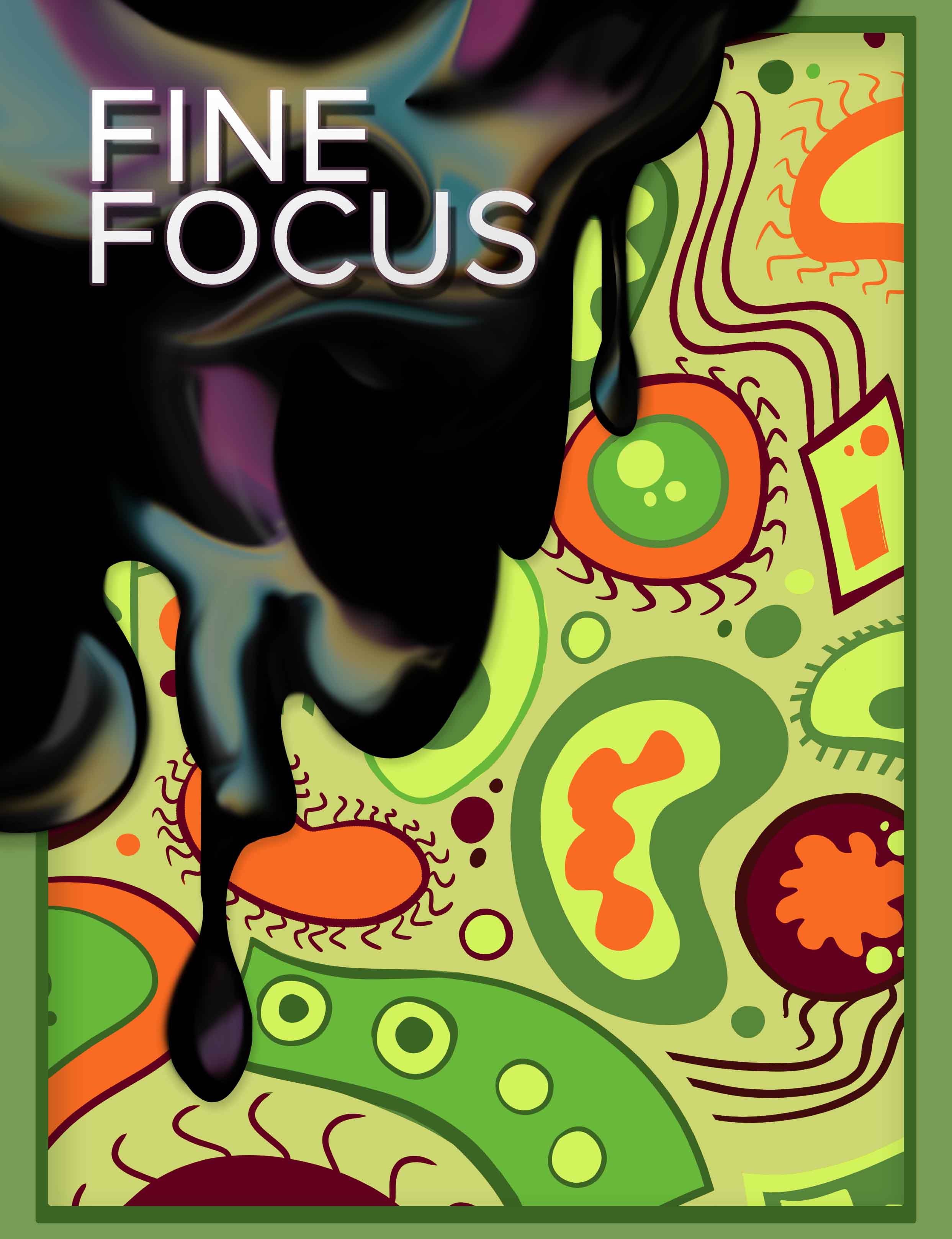Preliminary Studies on a Novel Antimicrobial Compound Producing Bacterium Discovered in the Rio Grande Valley of Texas
DOI:
https://doi.org/10.33043/FF.9.1.98-111Abstract
We analyzed different soil samples collected across the Rio Grande Valley (RGV) of Texas for bacteria capable of producing antimicrobial compounds. Of the more than 500 bacterial colonies tested, less than 1 percent gave any indication of the likelihood of producing antimicrobial compounds asdetermined by the diameter of the observed zones of inhibition created when tested on the cultures of safe ESKAPE relatives. One of the soil isolates of interest was further studied with the 16S rRNA gene sequenced and analyzed, and its antimicrobial compound was also extracted using the ethyl acetate and methanol extraction method. The results obtained suggest that the identified bacterium could be a novel specie or at least a sub-specie of the genus Pseudomonas and the novel antimicrobial compound discovered possibly broad spectrum in nature considering that it is active against gram-positive and gram-negative bacteria, especially Staphylococcus epidermidis, the safe relative of Staphylococcus aureus. Furthermore, positive inhibitory results were obtained when the antimicrobial compound was tested on Bacillus subtilis, Klebsiella pneumoniae, Pseudomonas putida, Enterococcus raffinosus, Erwinia caratovora, Enterobacter aerogenes and an unknown bacterium from an environmental sample etc. The newly discovered antimicrobial compound has been named “Anietocin” and will be the subject of extensive studies in the coming research efforts.
Downloads
Downloads
Published
How to Cite
Issue
Section
License
Copyright (c) 2023 Julissa Hernandez, Anieto Ugochukwu

This work is licensed under a Creative Commons Attribution-NonCommercial-NoDerivatives 4.0 International License.
By submitting to Fine Focus, the author(s) agree to the terms of the Author Agreement. Beginning in Fall 2018, all authors retain copyrights associated with their article contributions and agree to make such contributions available under a Creative Commons Attribution-NonCommercial 4.0 International license upon publication in Fine Focus. Copyrights to articles published prior to Fall 2018 have been transferred from the authors to Fine Focus.



